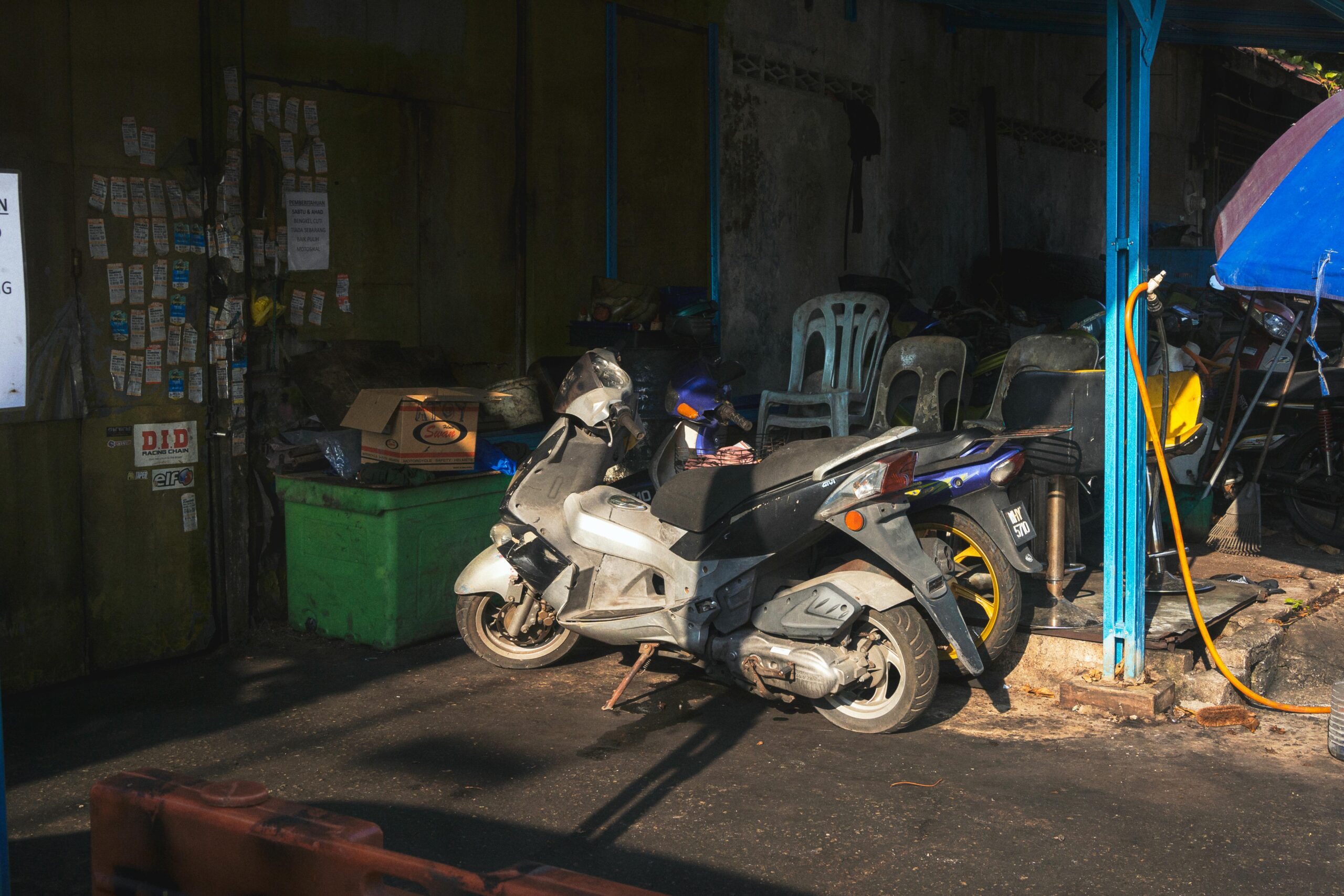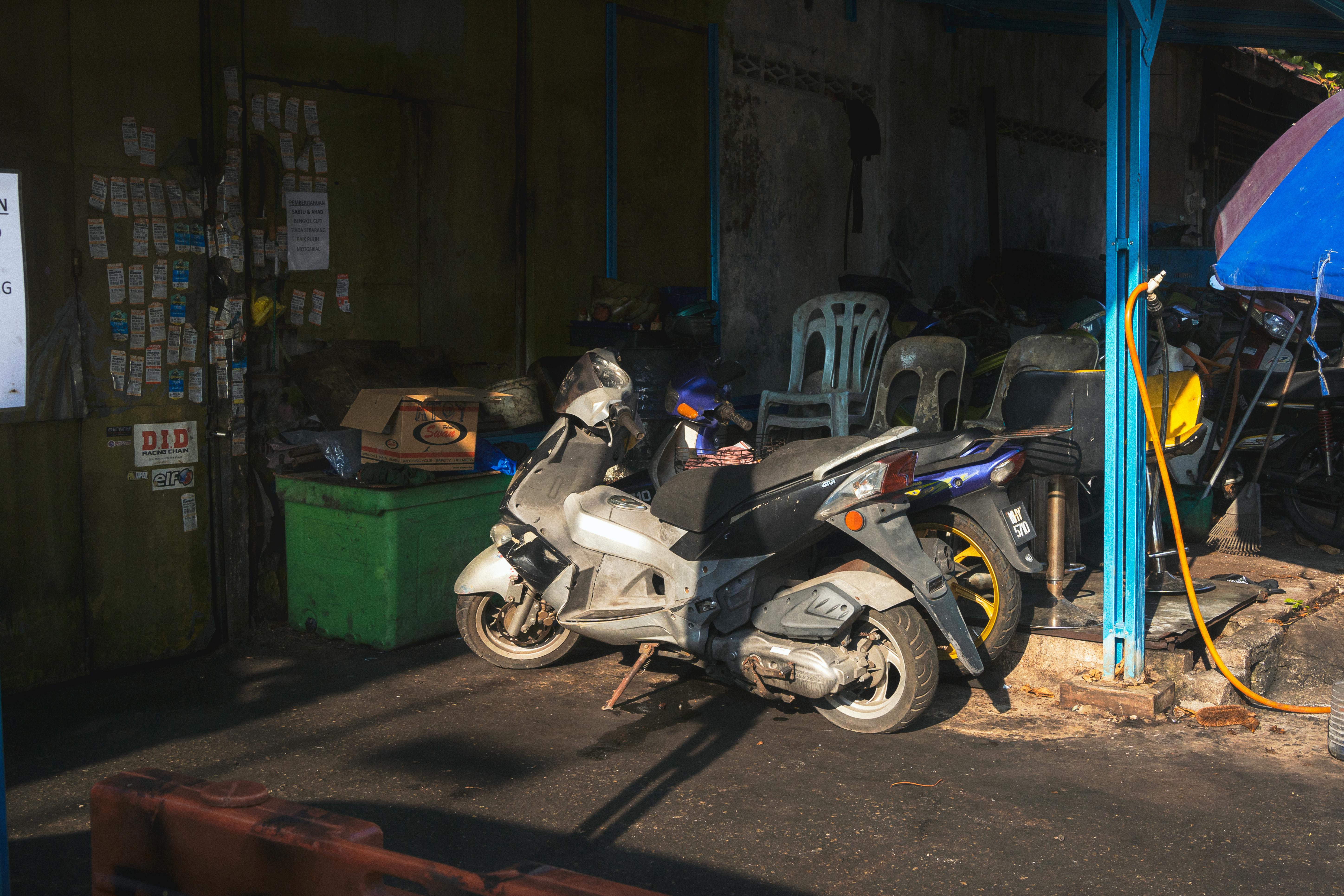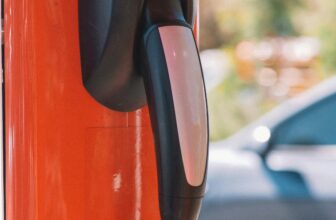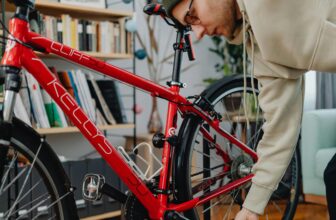
Picture this: the temperature drops below freezing, snow begins accumulating on sidewalks, and your trusty mobility scooter suddenly feels sluggish and unreliable. For the millions of mobility scooter users across the USA and Canada, winter presents unique challenges that can transform an essential mobility aid into a source of frustration and anxiety. Cold weather doesn’t just affect your comfort—it directly impacts your scooter’s battery performance, mechanical systems, and overall reliability when you need it most.
The harsh reality is that most mobility scooter owners receive minimal guidance on winter care, leaving them unprepared for seasonal maintenance challenges. Battery capacity can drop by up to 40% in freezing temperatures, while moisture infiltration and component stress can lead to costly repairs or dangerous malfunctions. However, with the right knowledge and proactive maintenance approach, you can ensure your mobility scooter performs reliably throughout even the harshest North American winters, maintaining your independence when weather conditions become challenging.
When winter strikes: understanding cold weather’s impact on mobility scooters
Winter weather creates a perfect storm of challenges for mobility scooter performance. Cold temperatures affect every major system, from electrical components to mechanical parts, often in ways that aren’t immediately obvious to users. Understanding these impacts helps you anticipate problems and take preventive action.

This Photo was taken by Pak WanJanggut.
Battery performance represents the most critical winter concern. Lithium-ion and sealed lead-acid batteries, the two primary types used in mobility scooters, both experience significant capacity reduction in cold conditions. According to battery manufacturer data from 2024, lithium-ion batteries can lose 20-30% of their capacity when temperatures drop below 32°F (0°C), while lead-acid batteries may lose up to 40% capacity.
Moisture poses another significant threat. Snow, slush, and ice can infiltrate electrical connections, causing corrosion and short circuits. Even modern scooters with IP54 or higher protection ratings aren’t completely immune to moisture-related issues during prolonged exposure to harsh winter conditions.
Mechanical components face their own winter challenges. Lubricants thicken in cold weather, increasing friction and reducing efficiency. Tire rubber becomes harder and less flexible, affecting traction and ride comfort. Metal components contract, potentially creating gaps in seals and increasing wear on moving parts.
| Component | Winter Impact | Performance Loss | Critical Temperature |
|---|---|---|---|
| Lithium-Ion Battery | Reduced capacity | 20-30% | 32°F (0°C) |
| Lead-Acid Battery | Reduced capacity | 30-40% | 32°F (0°C) |
| Tires | Hardened rubber | 15-25% traction loss | 20°F (-7°C) |
| Lubricants | Increased viscosity | 10-20% efficiency loss | 10°F (-12°C) |
For users seeking mobility scooters designed for various weather conditions, understanding these winter impacts becomes crucial for making informed purchasing decisions and maintenance choices.
Battery care: the heart of winter mobility scooter maintenance
Your mobility scooter’s battery system requires special attention during winter months. Proper battery care can mean the difference between reliable transportation and being stranded in cold weather conditions.
Temperature management strategies
Never store batteries in temperatures below 32°F (0°C) for extended periods. If you must park your scooter outside temporarily, remove the battery and bring it indoors when possible. For users with long-range mobility scooters, this practice becomes even more critical due to the higher capacity batteries that take longer to recover from cold-induced capacity loss.

This Photo was taken by Photo By: Kaboompics.com.
Charging protocols require adjustment during winter. Allow cold batteries to reach room temperature before charging, as attempting to charge frozen batteries can cause permanent damage. The U.S. Department of Energy recommends warming batteries to at least 50°F (10°C) before initiating charge cycles.
Winter charging best practices
Charge frequencies should increase during winter months. Instead of charging every few days, consider daily charging to maintain optimal battery health. This practice helps counteract the natural capacity reduction caused by cold weather and ensures your scooter remains ready for use.

Mobility Scooter Ultra Lightweight
⭐ 4.8 | $1,899.00
Airport approved lightweight folding scooter perfect for winter storage. Easy to bring batteries indoors during cold weather.
Cons: Light weight may affect stability in winter conditions
Battery storage during extended periods of non-use requires special consideration. Store batteries at approximately 50% charge in temperatures between 50-70°F (10-21°C). Check stored batteries monthly and recharge if voltage drops significantly.
Protecting electrical systems from winter’s harsh grip
Electrical system protection extends far beyond battery care. Connections, wiring, and control systems all require attention to prevent moisture infiltration and temperature-related failures.
Connection point maintenance
Inspect all electrical connections monthly during winter. Look for signs of corrosion, which appears as white or green buildup around metal contacts. Clean connections using electrical contact cleaner and apply dielectric grease to prevent future corrosion. This maintenance becomes particularly important for users in coastal areas where salt spray accelerates corrosion






